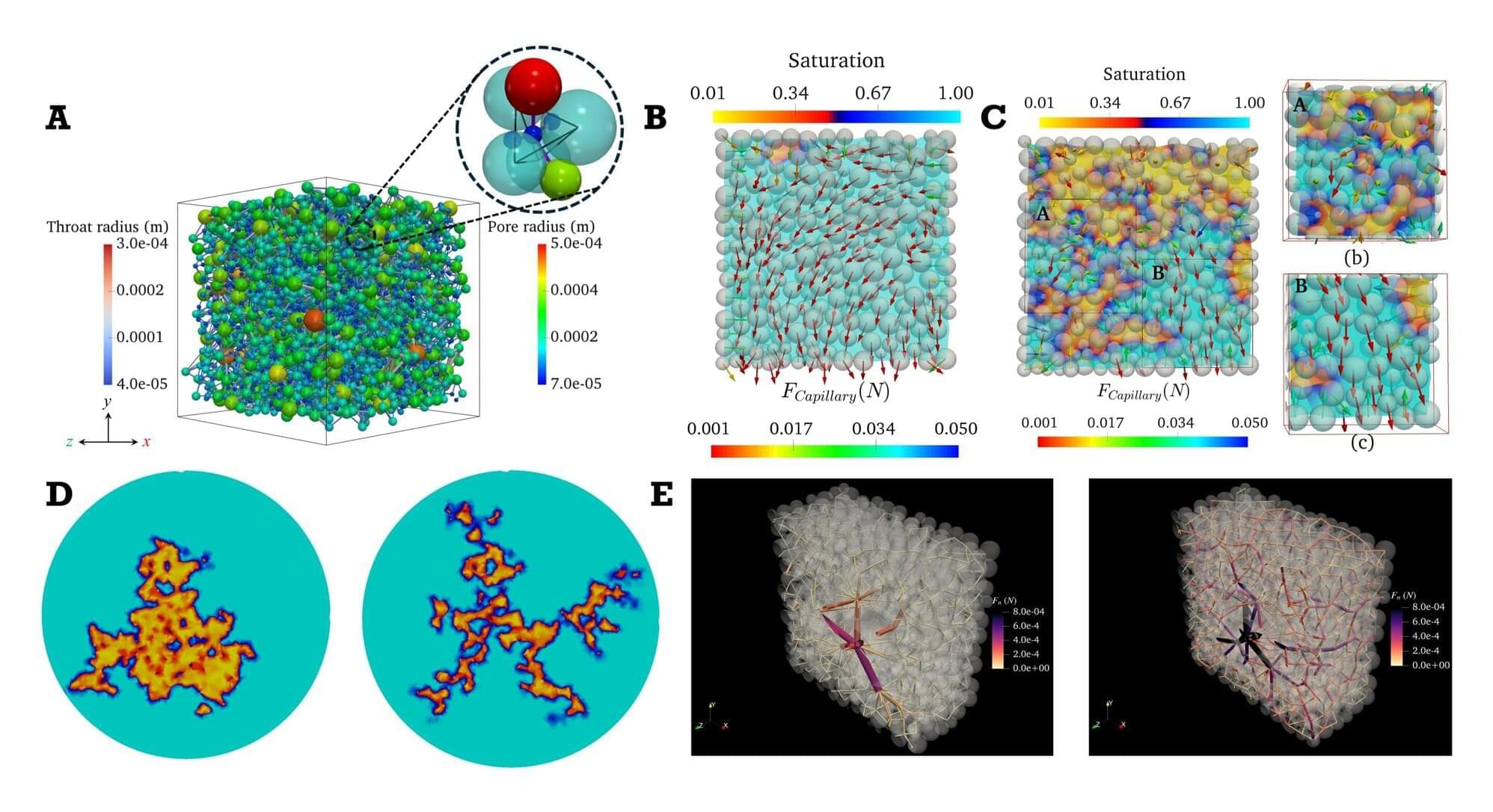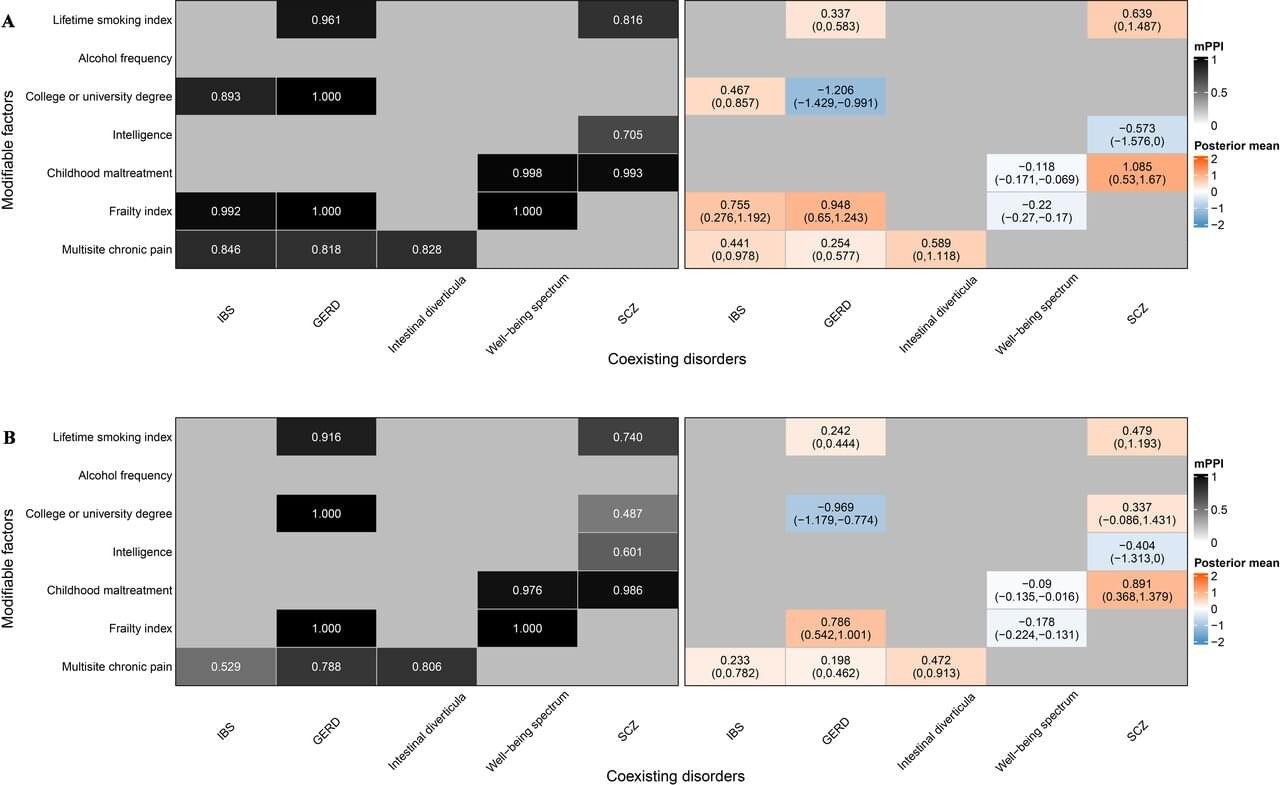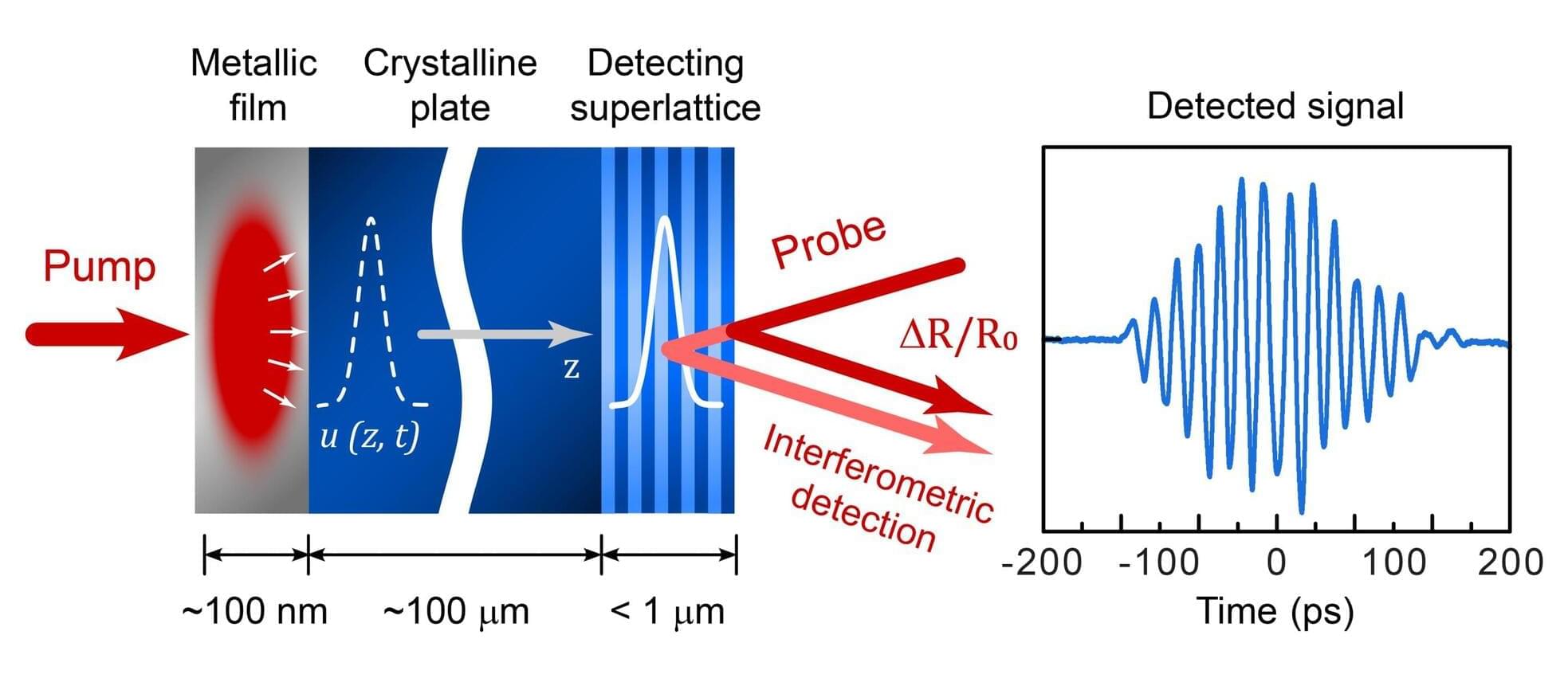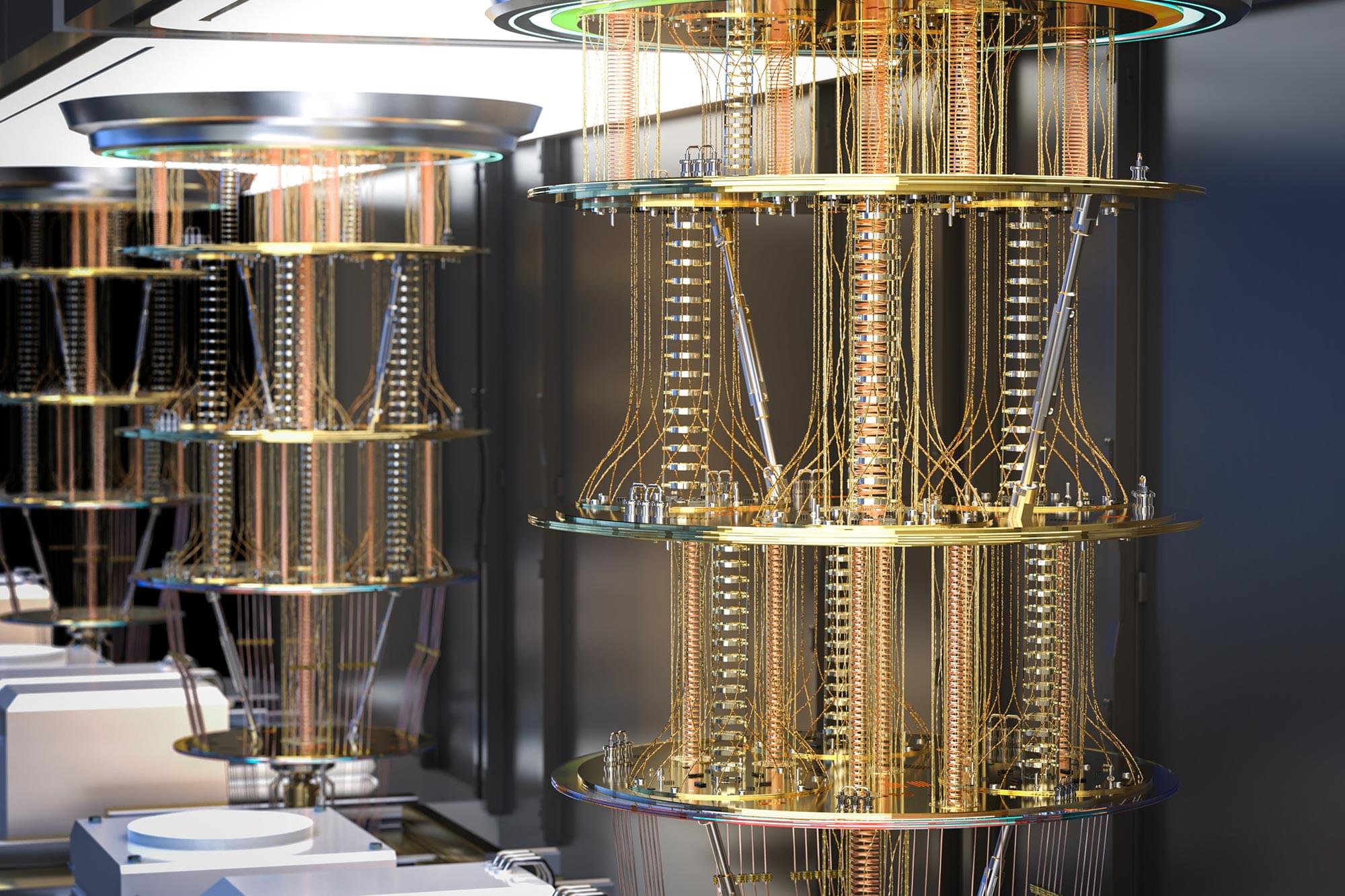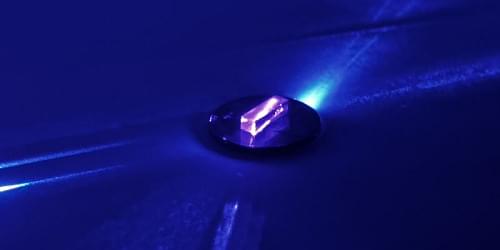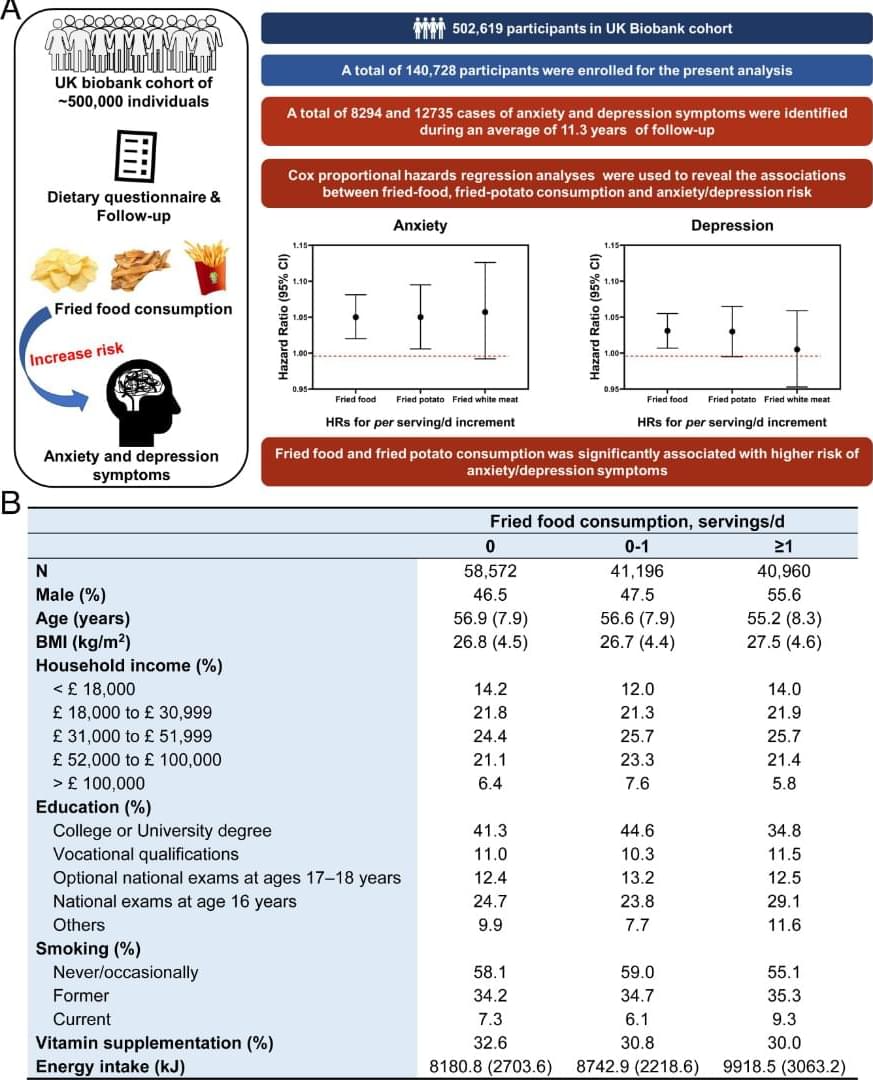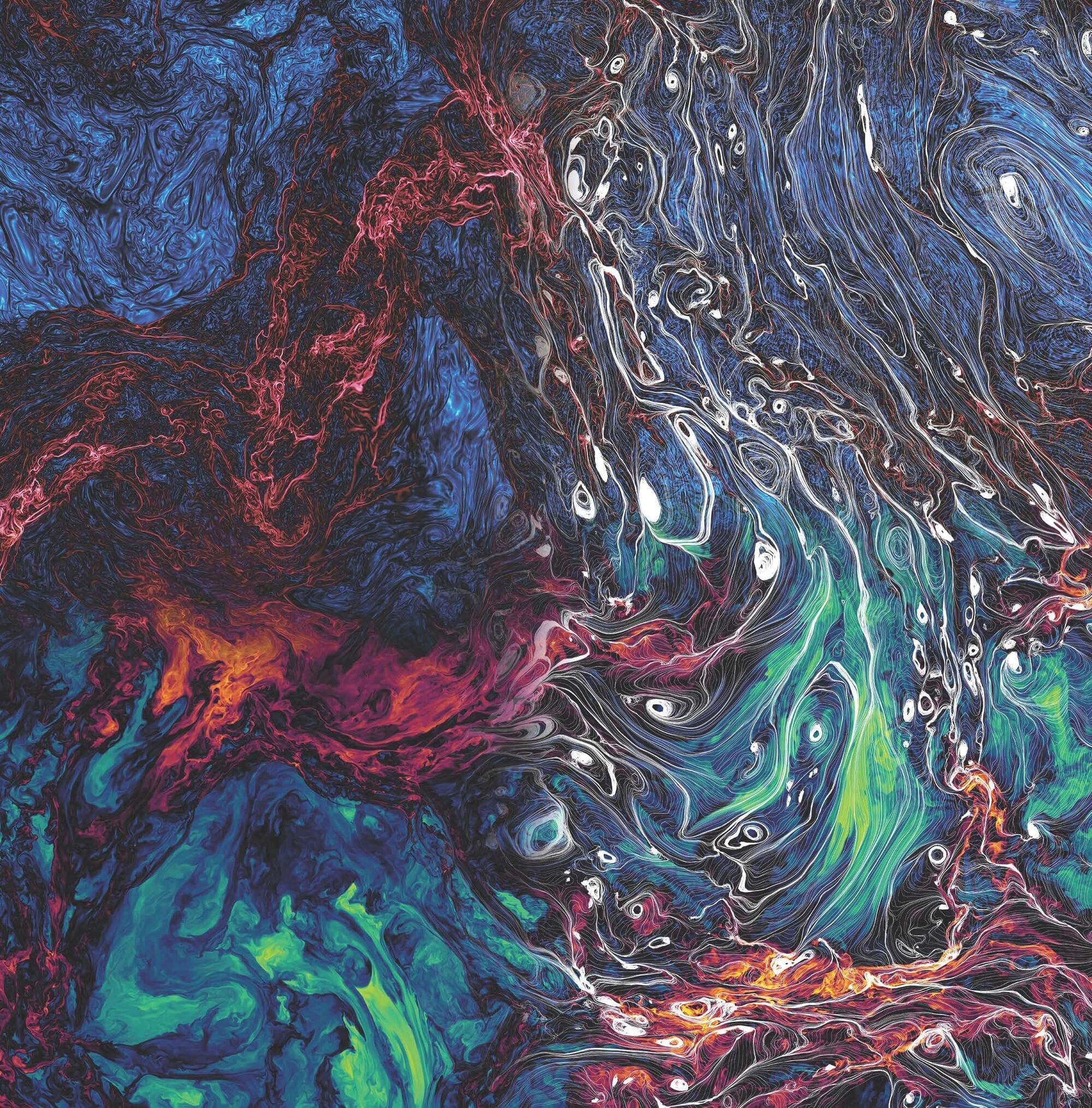A research team from the School of Engineering at the Hong Kong University of Science and Technology has developed a new computational model to study the movement of granular materials such as soils, sands and powders. By integrating the dynamic interactions among particles, air and water phases, this state-of-the-art system can accurately predict landslides, improve irrigation and oil extraction systems, and enhance food and drug production processes.
The flow of granular materials—such as soil, sand and powders used in pharmaceuticals and food production—is the underlying mechanism governing many natural settings and industrial operations. Understanding how these particles interact with surrounding fluids like water and air is crucial for predicting behaviors such as soil collapse or fluid leakage.
However, existing models face challenges in accurately capturing these interactions, especially in partially saturated conditions where forces like capillary action and viscosity come into play.
